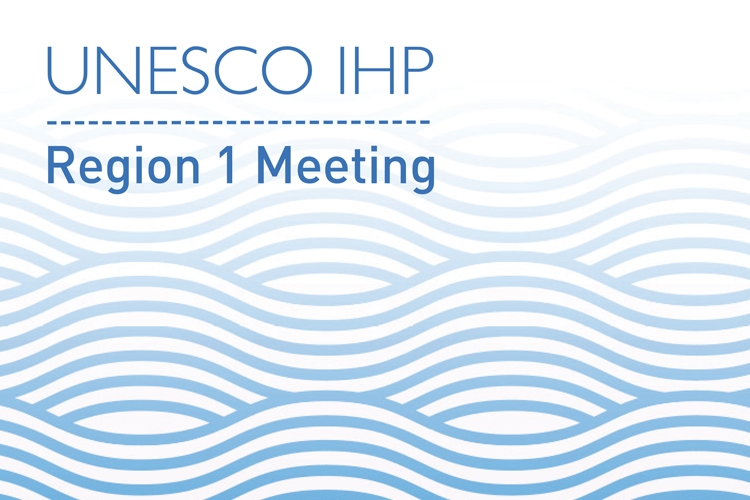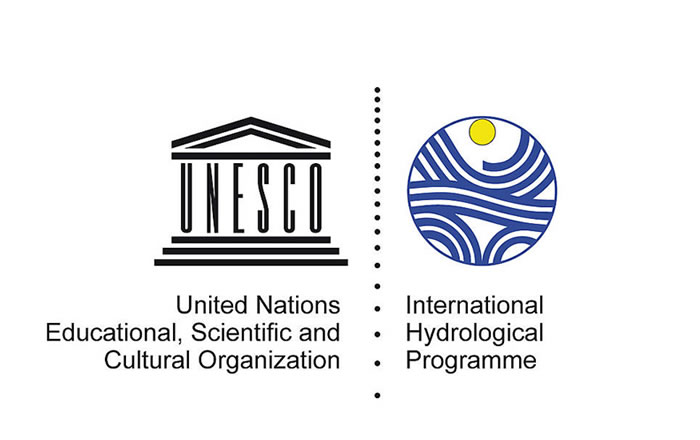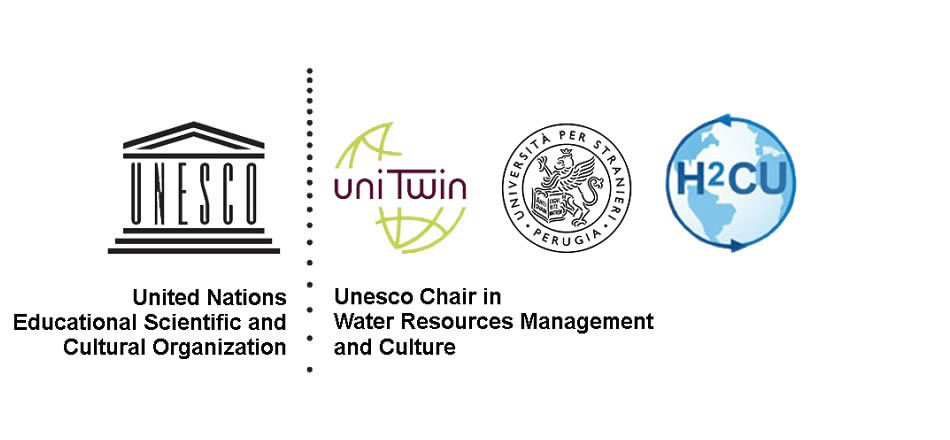
Organized by


Meeting Program
Program (pdf)
WEDNESDAY JUNE 14TH
14:30 – 18:30
Workshop: NEW INSIGHTS FOR HYDROLOGICAL OBSERVATIONS
in occasion of IHP-UNESCO Region 1 meeting, held in Perugia on June 15th-16th 2017, the Italian National Committee of IHP-UNESCO jointly to the MOXXI-IAHS Working Group (http://iahs.info/Commissions--W-Groups/Working-Groups/MOXXI.do) promotes a workshop with the aim to provide an overview of research activities of the Italian scientific community concerning hydrological observations.

14:30
Opening & Introduction
Giovanni Paciullo, Rector University for Foreigners of Perugia
Lucio Ubertini, Italian National Committee of IHP-UNESCO
Armando Brath, University of Bologna
Salvatore Grimaldi, Tuscia University
15:00
Communications & open discussion
Flavia Tauro, Tuscia University, MOXXI-IAHS
Chiara Biscarini, University for Foreigners of Perugia
Fernando Nardi, University for Foreigners of Perugia
Elena Ridolfi, University of Perugia
Angelica Tarpanelli, IRPI - CNR, Perugia
Stefania Camici, IRPI - CNR, Perugia
Serena Ceola, University of Bologna
Alessio Domeneghetti, University of Bologna
Giuseppe Ciraolo, University of Palermo
Nunzio Romano, University of Naples Federico II
Salvatore Manfreda, University of Basilicata
16:00-16:30
Health break
18:00
Conclusions and future plans
Salvatore Manfreda, University of Basilicata
Salvatore Grimaldi, Tuscia University
19:00
Welcome Reception
THURSDAY JUNE 15TH
UNESCO IHP Region 1 Meeting
11:00 – 13:00
Registration - Opening and Welcome remarks
13:00 – 14:30
Lunch break
14:30 – 14:35
Adoption of the Agenda
14:35 – 15:30
Report about the Intergovernmental Council (IC) Meeting June 2016
15:30 - 16:00
IC status - current status
16:00 – 16:30
Health break
16:30 – 17:30
Experiences of the cooperation of the IHP Secretariat in Paris with the UNESCO Category 2 Centers
17:30 - 18:00
IHP WINS Platform
19:30
Social Banquet
FRIDAY 16th JUNE 2017
UNESCO IHP Region 1 Meeting
9:30 – 11:00
Upcoming 23nd Intergovernmental Council in 2018
11:00 – 11:30
Health break
11:30 - 12:00
National reports on IHP activities and priorities from water chairs, centers and NatComs (oral)
12:00 - 13:00
Future cooperation, action plans and joint activities
13:00 – 14:30
Lunch break
14:30 - 16:00
Wrap-up of the meeting and date and location of the next meeting - COP23 Bonn
